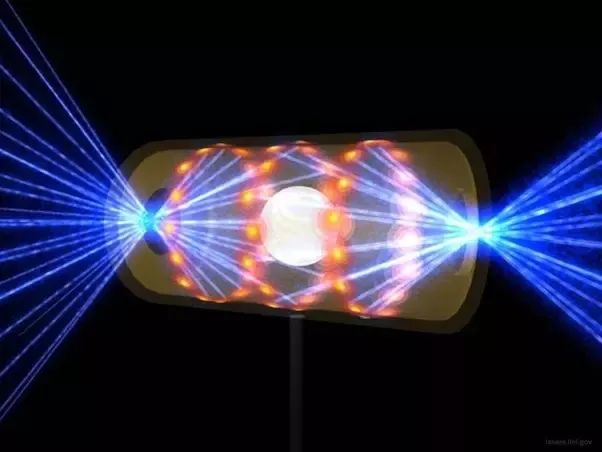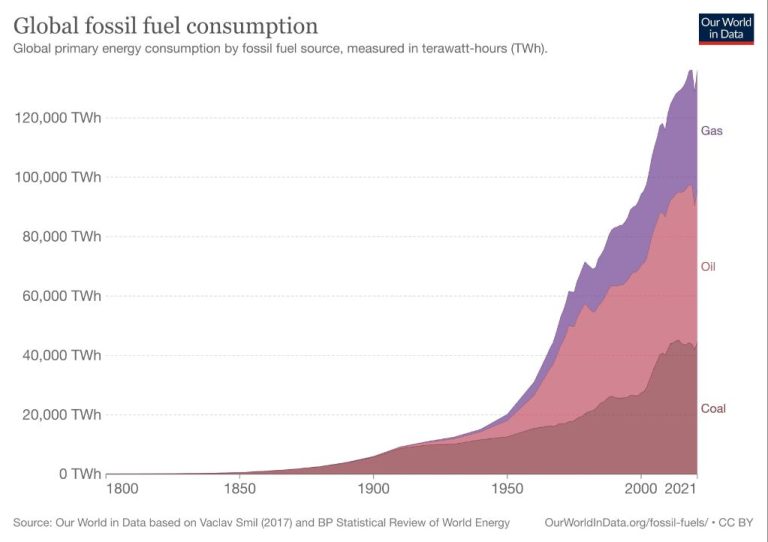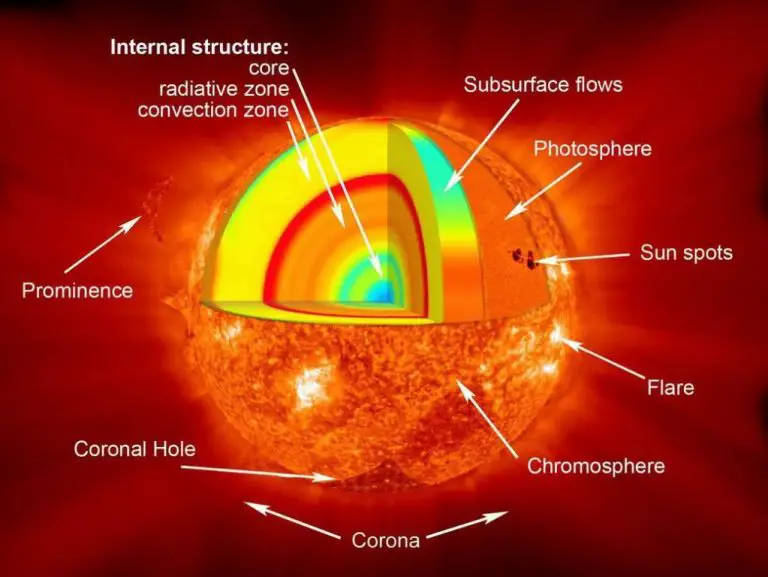Is Light A Plasma Or Energy?

For centuries, scientists have debated about the nature of light. Is it a wave, a particle, or something else entirely? This question strikes at the heart of how we understand light and its interactions with matter. The debate began when Isaac Newton proposed his corpuscular theory in the 17th century, which described light as consisting of tiny particles. Later, James Clerk Maxwell’s electromagnetic wave theory in the 19th century instead characterized light as an electromagnetic wave.
In the early 20th century, Max Planck and Albert Einstein’s work on the photoelectric effect demonstrated light can behave as discrete particles called photons. This wave-particle duality sparked the development of quantum mechanics. Today, quantum electrodynamics describes light as neither solely wave nor particle, but possessing properties of both simultaneously. While this provides the most accurate model, open questions remain about reconciling the wave and particle perspectives. This article will overview the historical debate, current understanding, and applications of light’s enigmatic nature.
The Wave Theory of Light
The wave theory of light proposes that light propagates as electromagnetic waves. This theory was first suggested in the 19th century by British scientist James Clerk Maxwell. Maxwell formulated a set of equations, known as Maxwell’s equations, that described light as coupled electric and magnetic fields propagating through space as a transverse wave at a constant speed (https://collegedunia.com/exams/wave-theory-of-light-physics-articleid-933).
Maxwell’s equations demonstrated that alternating electric and magnetic fields generate electromagnetic waves that travel at the speed of light. This provided strong evidence that light consists of electromagnetic waves. Additionally, Maxwell’s equations predicted that electromagnetic waves could occur at different wavelengths, corresponding to different energies and frequencies of light.
Later experimental work by Heinrich Hertz in the late 1880s verified Maxwell’s theoretical predictions, further solidifying the wave theory of light. Hertz showed that radio waves exhibited the same wave properties as light, such as reflection, refraction, and interference, thereby confirming that light behaves as an electromagnetic wave.
The Particle Theory of Light
The particle theory of light proposes that light is comprised of discrete packets of energy called photons. This theory emerged in the early 20th century with Einstein’s explanation of the photoelectric effect. The photoelectric effect refers to the emission of electrons from a metal surface when light shines on it. Einstein argued that light must be made up of individual photons that carry packets of energy, which they deliver to electrons in the metal, causing the electrons to be ejected. This contradicted the prevailing wave theory of light, but Einstein’s mathematical description matched experimental observations of the photoelectric effect (source).
Wave-Particle Duality
Light exhibits both wave and particle properties. This seeming contradiction is known as the wave–particle duality. Experiments have demonstrated that light can show characteristics of both waves and particles under different circumstances.
For example, light can diffract and interfere like waves. But it can also demonstrate the photoelectric effect, where light interacts with matter in quantized packets called photons. The energy of a photon depends only on the light’s frequency, not its overall intensity like a wave. Wave – Particle Duality
Albert Einstein helped explain this apparent paradox by proposing that light can be described as both a wave and a particle. Whether light behaves as a wave or particle depends on the type of experiment that is conducted. This wave-particle duality is central to quantum mechanics.
Is Light a Plasma?
Plasma is one of the four fundamental states of matter, the others being solid, liquid, and gas. It is an ionized gas consisting of positive ions and free electrons. Some key characteristics of plasma include:
- Plasma contains charged particles that respond strongly to electromagnetic fields.
- Plasma exhibits collective behavior with motions dependent on each other.
- Plasma is highly electrically conductive.
Examples of naturally occurring plasma include lightning, the Northern Lights, and the solar wind. Plasma can also be generated artificially in technologies like fluorescent light bulbs and plasma TV screens. Unlike the other states of matter, plasma doesn’t have a definite shape or volume.
Light, on the other hand, is an electromagnetic wave or radiation that is visible to the human eye. It is formed of oscillating electric and magnetic fields propagating through space. Some key properties of light include:
- Light travels in a straight line and spreads out as it propagates.
- Light has both wave-like and particle-like properties.
- The speed of light in a vacuum is a universal constant, commonly denoted c.
So while plasma and light share some commonalities like interactions with electric and magnetic fields, light lacks definitive properties of matter like mass, shape, and volume. Light is a form of electromagnetic radiation rather than a state of matter. Therefore, it is accurate to say that light is not a plasma.
Source: https://www.quora.com/What-are-some-other-uses-for-a-plasma-ball-besides-lighting-it-up-and-making-it-glow
Is Light Energy?
Energy is defined as the ability to do work or produce change. There are many different forms of energy, including kinetic energy, potential energy, chemical energy, thermal energy, electromagnetic energy, and more. Light is a form of electromagnetic energy that is created by accelerating electrically charged particles.
According to the wave theory of light, light energy is carried in waves or photons. When light interacts with matter, it can transfer energy to atoms and molecules by setting electrons into motion. This ability to produce change classifies light as a form of energy.
Some examples of light energy include visible light that enables human vision, ultraviolet radiation from the Sun that provides vitamin D, and infrared radiation that can be sensed as heat. Light energy is used by plants in photosynthesis to convert carbon dioxide and water into chemical energy. Overall, the fact that light can produce physical and chemical changes in matter demonstrates that it meets the definition of energy.
For more information, see:
Light Energy – Knowledge Bank
Quantum Electrodynamics
Quantum electrodynamics (QED) is a relativistic quantum field theory that provides a unified theoretical framework for understanding the interactions between light and matter 1. In QED, light is modeled as excitations of the quantum electromagnetic field, while charged particles like electrons are described by quantum fields interacting with the photon field.
According to QED, charged particles absorb and emit photons, the quantum of the electromagnetic field. These electromagnetic interactions are described by Feynman diagrams that visualize the underlying quantum processes. Mathematically, QED is formulated in terms of relativistic quantum mechanics combined with quantum field theory. It makes extremely accurate predictions that have been experimentally verified to very high precision.
QED represents one of the first and most successful examples of a relativistic quantum field theory. It provides a unified framework where light and matter are both described in the language of quantum fields interacting through the exchange of photons. This theoretical synthesis of quantum mechanics and special relativity laid the foundations of modern quantum field theory.
Practical Applications
Understanding the properties of light has enabled many important technologies that we use today. For example, fiber optic communication takes advantage of the principle of total internal reflection to transmit information over long distances using light waves. Fiber optic cables can carry far more data than traditional copper wire cables (Lab 3 Bending Light.docx).
Another application is lenses, which rely on the refraction of light to manipulate light waves and enable technologies like glasses, microscopes, telescopes, and cameras. Knowing how light refracts through different materials allows lens designers to optimize image quality (Week # 6 lab-final.doc).
In addition, understanding the dual particle and wave nature of light has enabled quantum technologies like lasers, LEDs, and solar cells. Quantum mechanics explains how photons can be emitted or absorbed by atoms to produce light. This knowledge is key to designing efficient light sources and solar energy devices.
Overall, our scientific understanding of light underpins many modern technologies that have transformed communication, imaging, manufacturing, energy, and more. Further advances in applying our knowledge of light will likely enable new innovations in the future.
Open Questions
While scientists have made significant advancements in understanding light, there remain areas that are still under active investigation and debate. Some key open questions include:
The exact mechanism behind wave-particle duality – while theories like quantum mechanics describe this phenomenon mathematically, there is still work to be done to fully explain it intuitively (source).
The relationship between light and other phenomena like time and gravity – some theories hypothesize that light may experience time differently than matter, and there are questions about how light interacts with gravity that require further testing (source).
The full implications of quantized light energy – the discovery that light energy comes in discrete packets called photons revolutionized physics, but there is more to uncover about phenomena like photon entanglement and its applications (source).
The exact nature of light absorption and emission – while scientists understand these processes fairly well, mysteries remain about the specific mechanisms at the quantum level.
The relationship between light, consciousness, and observation – some interpretations of quantum mechanics hypothesize consciousness plays a role in wave function collapse, but this relationship requires further empirical study.
In summary, from wave-particle duality to quantization to the speed of light, the study of light’s fundamental properties continues to reveal new mysteries about the nature of our universe.
Conclusion
The evidence shows that light exhibits properties of both waves and particles, a concept known as wave-particle duality. Experiments like the double slit experiment demonstrate light spreading out and interfering with itself like a wave. Other experiments show light being emitted and absorbed in discrete quantized units called photons, behaving like a particle. Quantum mechanics reconciles this paradox by describing light as neither exclusively a wave nor particle, but possessing fundamental quantum properties of both.
As summarized by Canon Science Lab, Einstein’s light quantum theory states that the energy of light is carried in photons or “packets” of light. The flow of these photons exhibits wavelike properties. Modern quantum electrodynamics further develops this view of light as quantized electromagnetic waves and photons as the quantum of light.
While the exact nature of light continues to be an active area of research, the current scientific consensus accepts light’s dual wave-particle nature. Light exhibits measurable phenomena of both waves and particles. Rather than being contradictory properties, they arise from light’s underlying quantum mechanical reality.






